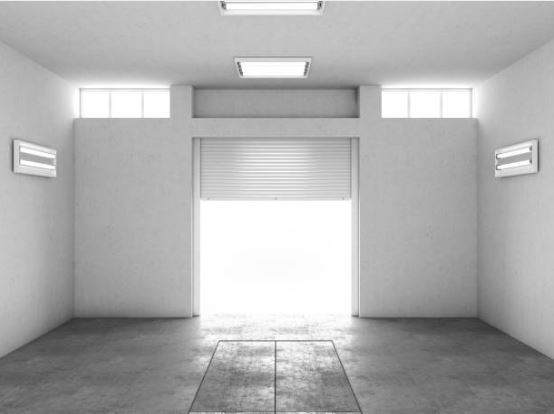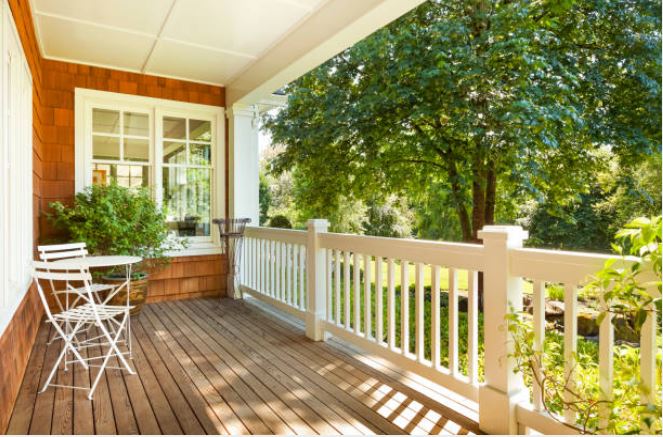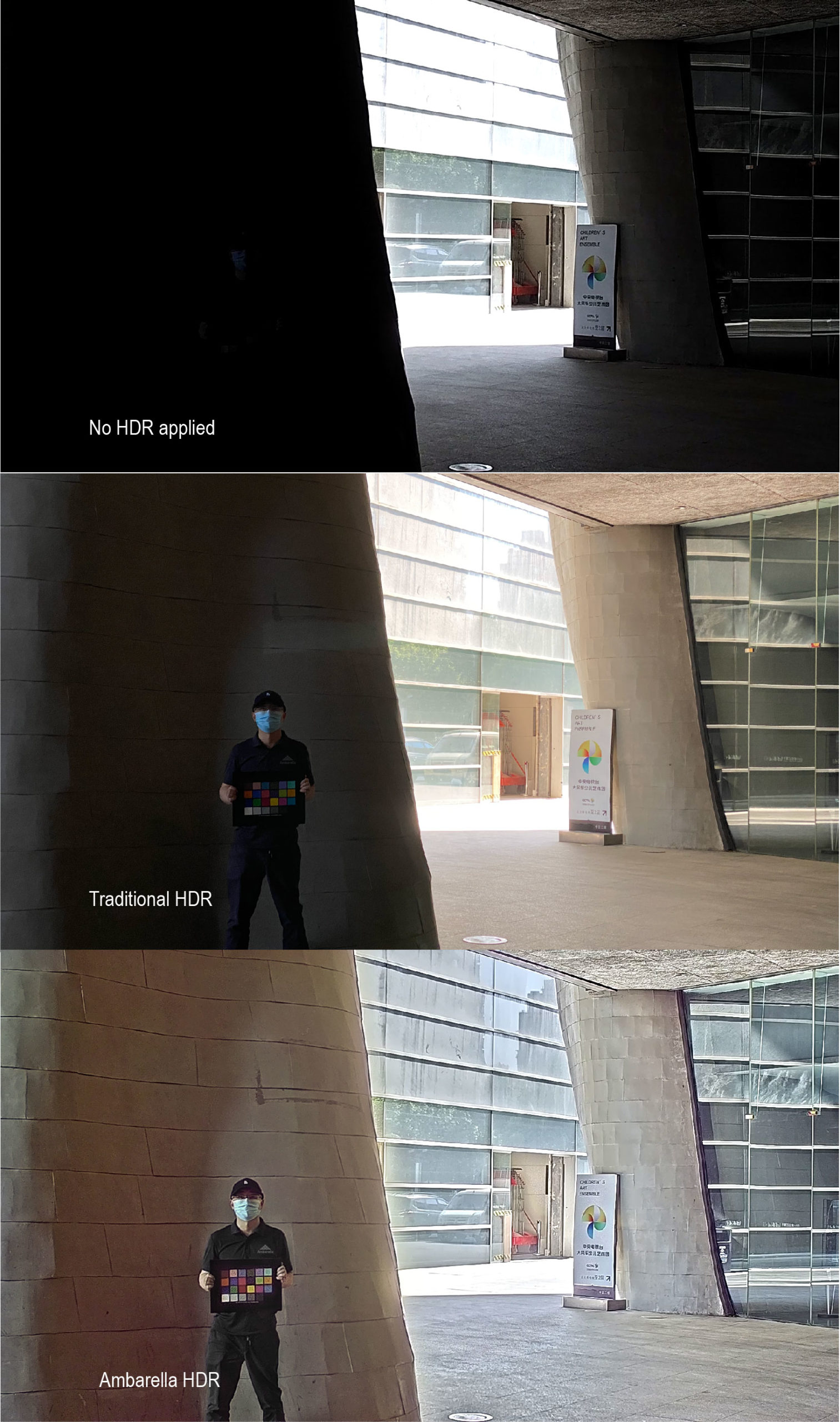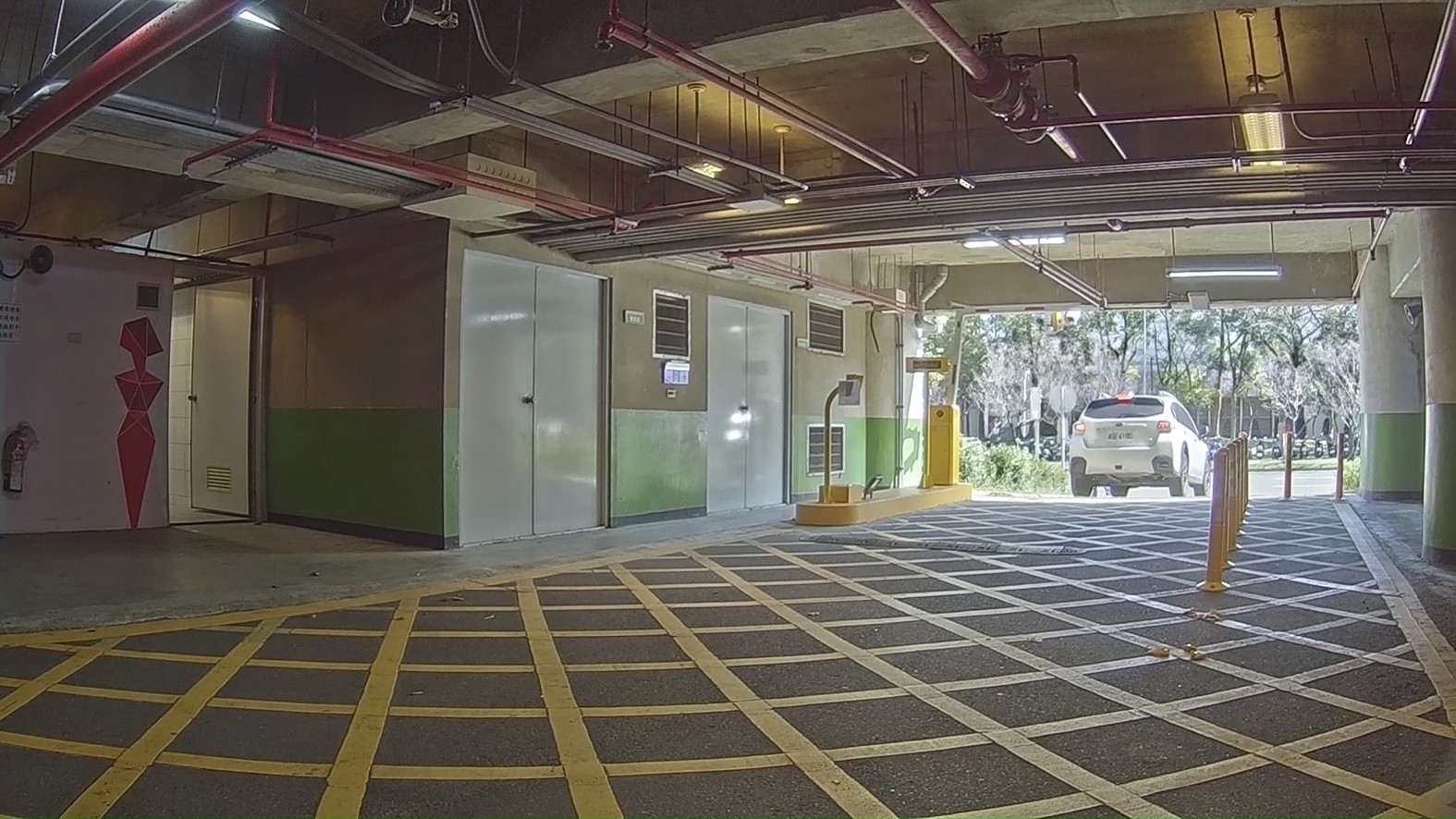
Advances in our HDR processing algorithms are changing the way cameras handle challenging lighting conditions.
In everyday life we often encounter strong lighting contrasts—shadows under the sun, bright lamps at night, a garage door opening to reveal daylight. The ability to perceive and appreciate the detail in these scenes depends on the ability to process high levels of brightness and darkness at once (dynamic range), which sounds relatively simple in theory. And for the human eye, it usually is.
Cameras, however, are typically at an extreme disadvantage relative to human vision when it comes to dynamic range. In fact, under most circumstances, human vision is approximately ten times more sensitive to dramatic lighting contrasts like these. Which is why high dynamic range (HDR) processing—a sophisticated set of techniques used to boost dark areas of an image while diminishing bright areas to reveal the details hidden underneath—is a critical component of camera design and development. Without it, bright areas in images are overexposed or “washed out,” while dark areas appear completely black. In either case, all defining detail is lost to the viewer.

Ambarella has been refining its own image processing pipeline for decades, and HDR processing remains a key priority. Over time, most of our HDR advancements have been made through our work in the professional security market, where the ability to deal with strong lighting contrasts is fundamental. From there, our advancements in HDR have made their way into virtually every camera we’ve ever enabled, across all the industries we’ve served, from consumer (e.g. sports and drone cameras) to automotive (e.g., electronic mirrors, dash cameras, ADAS devices).
To further illustrate the importance of HDR processing, let’s look at the doorbell camera, a home security use case.
The doorbell use case.

Video doorbells are typically installed at the front of a house with either a porch or another type of overhang, such as an awning. At various times of day, there will likely be significant periods where the scene on the other side of the porch or awning is extremely bright, while the scene directly underneath (where the doorbell camera is installed) remains relatively dark. In this scenario—where the camera must be able to distinguish what’s directly in front of it (in the darkness) as well as what’s further away in the distance (bathed in bright light) at the same time—effective HDR processing is paramount. The doorbell must successfully “see,” for example, the facial features of a person standing directly in front of the door, while simultaneously recording the background/context scene, without sacrificing any relevant detail in either area. In this example, and those like it, Ambarella’s HDR-equipped solutions lead the field.

And this isn’t only true for human vision. Our HDR processing is ideal for machine vision as well.
HDR and machine vision.
Increasingly, machine vision is being deployed in security cameras to perform tasks that humans either can’t perform (due to location and/or scope/scale) or that we perform less effectively than neural network-based solutions. Tasks such as vehicle make/model recognition, suspicious baggage detection, or tailgating alerts for access control systems, to name a few. While machine vision applications have different requirements than human vision applications, HDR processing is no less important when AI is involved. The same fundamental requirement—that fine detail be preserved in both bright and dark areas—remains the same.
What makes our HDR processing different?
- 20-Bit depth
- Ideal for both human and computer vision applications
- Up to 4K 3x HDR (BW > 4Kp90)
- LED flicker mitigation (LFM) feature minimizes the “strobing” effects typically caused by LED light sources
- High degree of flexibility, supporting all major HDR sensor formats

Click here for more information on our security chips.
For additional information, please contact us.



